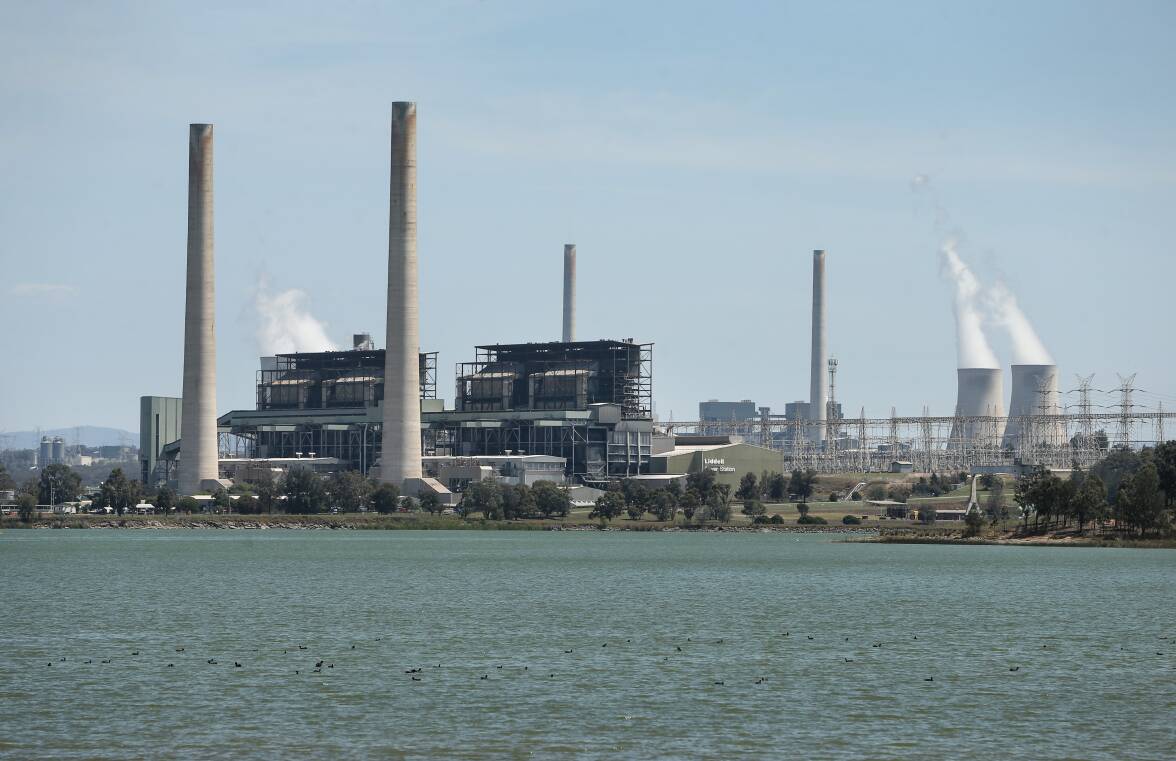
Australia's largest electricity generator AGL Energy - operator of the Liddell and Bayswater power stations in the Hunter Valley - will go "net zero" after abandoning plans to split into two companies.
Australia's biggest carbon emitter on Thursday announced a plan to shut down all coal-fired generation by the end of fiscal year 2035, with annual greenhouse gas emissions to reduce from 40 million tonnes to net zero.
AGL chair Patricia McKenzie said the company will have "net zero" emissions from operations following the closure of all AGL's coal-fired power stations, including Liddell and Bayswater power plants in NSW and the Loy Yang power station that provides almost a third of Victoria's power.
"This represents one of the most significant decarbonisation initiatives in Australia," she said.
The financial implications of bringing forward the closure of Loy Yang include an impairment charge of $700 million.
Billionaire shareholder Mike Cannon-Brookes scuppered the energy giant's planned demerger, which would have created an energy retailer and hived off ageing coal-fired operations that would have operated for longer.
Incoming interim CEO Damien Nicks said the closures represented a major step forward in decarbonising Australia's economy.
AGL plans to invest up to $20 billion by 2036 in new renewable and energy storage assets, funded by assets on the balance sheet, offtake agreements and partnerships.
This includes a target to have up to 5 gigawatts of new renewables in place this decade, up from a planned 3.2 gigawatts pipeline of projects.
Mr Nicks said the "ambitious" strategy would provide clear long-term value for AGL and its shareholders.
AGL also updated guidance for the current financial year, saying earnings would remain "resilient" with the generator well-positioned to benefit from higher electricity prices.







